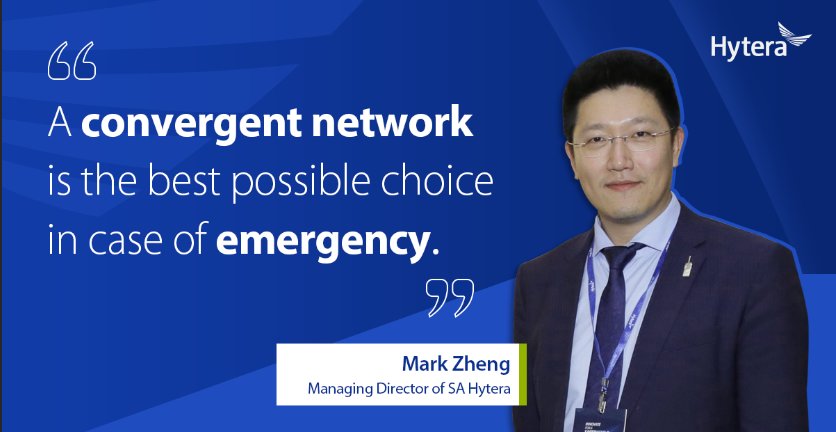As recent riots show, a good telecoms network 'is key during a crisis'
The chaos that ensued when violent protests and looting went unabated in some parts of KwaZulu-Natal and Gauteng is still etched in many people’s minds.

The riots not only left businesses reeling, but the videos of looting that intensified in these two provinces - even after the beefing up of security and deployment of the army - left many feeling hopeless.
But a telecommunications specialist suggests that mitigating the risk of network outages during riots is key in ensuring that critical communication between security forces, transport operations and businesses is not interrupted during critical times.
Mark Zheng, MD of SA Hytera, said the damage and losses sustained, including the effect the July unrest had on telecommunications, stood as a testament that the country needs a multifaceted safety and communications security model that underpins all risk-management strategies.
More than 100 network towers were affected by the unrest, disrupting critical communication between security and business operations during the crisis.
Zheng said during a crisis, there is typically a great deal of complexity and uncertainty, “with much more communications taking place than usual, and decisions have to be made and communicated quickly to all stakeholders”.
“Teams have to be able to report the situation on the ground to a central crisis command point, from where orders and information must be relayed to responders and other stakeholders. Without clear and reliable communications, confusion can ensue and there could be delays in response that put people, property and other assets at risk.”
He said the country’s LTE (long-term evolution) network is not highly secure compared with the narrowband networks, which too had its problems as its data transmission is limited. He said it’s clear that the country is in need of a convergent network, which works best during emergencies.
To mitigate the risk of network outages hampering communications and incident response, Zheng said it’s important that a narrowband-broadband convergent network is considered.

“Investing in a converged communication network should be seen as key to solid security and risk-management strategy. Whether an organization is a security operation, transport business, industrial or commercial business, or even a remote facility such as a mine or agricultural operation, it is important to be prepared for every scenario to assure business continuity and to underpin the safety and security of people and assets. Dependable and non-disparate communications platforms support safety and security response and collaboration — no matter what situation is unfolding.”
Zheng said public safety, emergency services, and disaster control officials should be equipped with mission-critical communications solutions, supported by a central command and control facility that has the capability to interconnect all communication platforms. This would ensure that different departments such as police and emergency services can communicate with each other in joint operations.
3 September 2021

